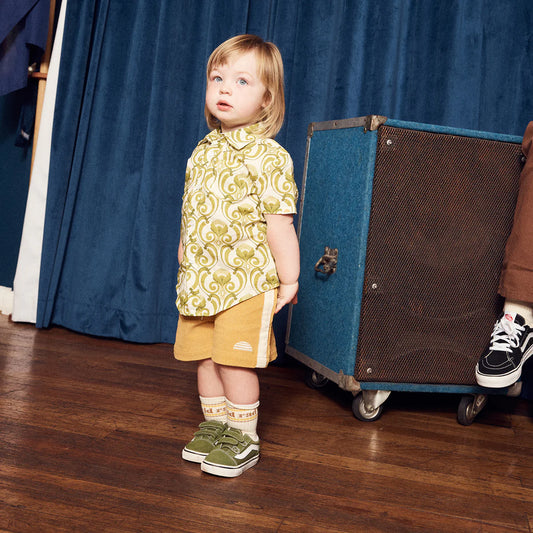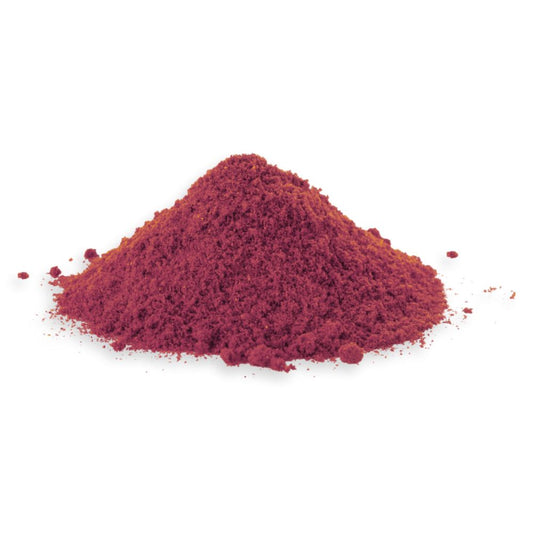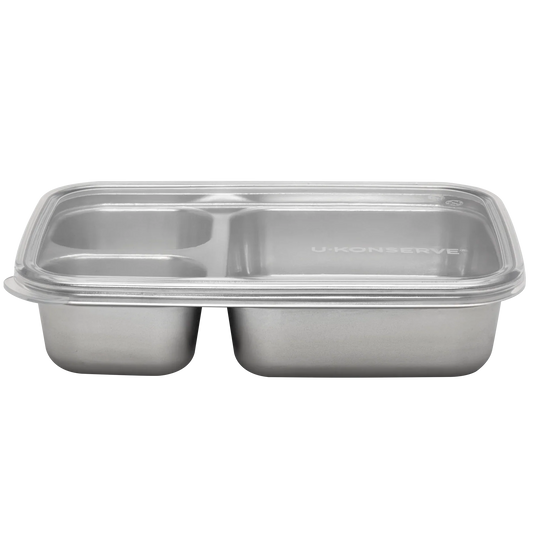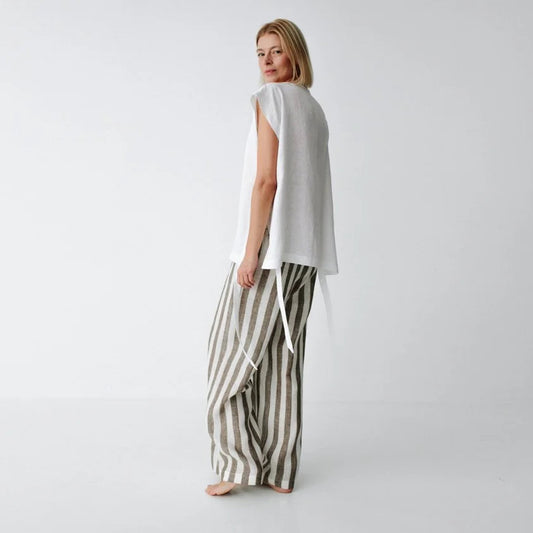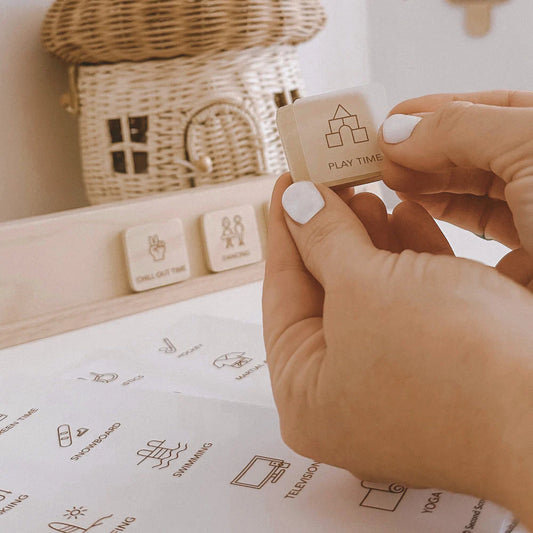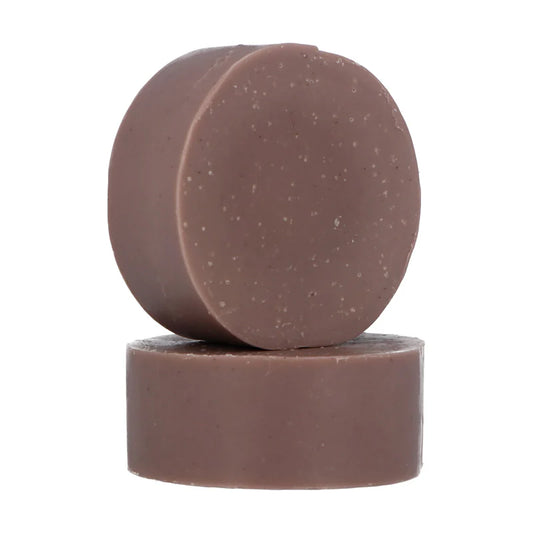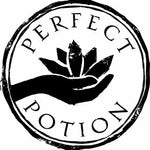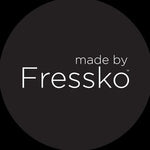AUSSIE CHRISTMAS GUIDE

Have you noticed a quiet shift away from snow-laden trees, reindeer scenes, and plastic tinsel? There's changes in how our multi-cultural nation celebrates Christmas towards customs that feel true to who we are—hot, heartfelt, and grounded in this land we call home.
At Biome, this is the 20th year we have set up for Christmas in our stores (wow!), so we've had the chance to observe the trends first hand. Back in 2005, it was obscure to be offering alternatives and even talking about "making your own". Now, it is more commonplace for retailers to proudly promote wooden, handmade, and Australian made decorations.
The most powerful trend we see is people looking for decorations and decor that are not mass produced or made from plastic, that won’t end up in landfill by January, and that feel meaningful.
Whether it’s a eucalyptus branch tree, a handmade ornament, or a table full of locally-grown food, these choices tell a story. And we love helping you tell yours.
How Aussies are decorating differently these days
Sales of plastic tinsel and fake snow are on the decline! This is the age of the native Christmas. Think Christmas Bush and waratahs in bloom, bunches of eucalyptus, cockatoos and koalas dangling from the tree.
People are choosing:
- Wooden and ceramic decorations made by Australian makers
- Recycled paper garlands and naturally dyed cloth bunting
- Native florals, driftwood, and gum nuts as centrepieces
Choices that are more local and respect the landscape we’re lucky to live in.
Browse our Australian Christmas Decorations Collection
Christmas Bush in full bloom just in time for the big day—those red sepals are nature’s tinsel. Native to NSW, it’s a beloved part of the Aussie festive table and makes a stunning, plastic-free alternative to imported flowers or synthetic decor.
The Aussie Christmas tree – from gum leaves to driftwood
The traditional fir tree is still around—some real, most plastic—but we’re seeing more alternatives.
Native branch arrangements in vases. Mini potted trees that can live on long after Christmas. Or DIY creations made from reclaimed timber, cardboard, or a wall-mounted tree of fairy lights.
Some families lay out bush cuttings around a central display. Others decorate a backyard gumtree. It’s about using what you have and making it meaningful.
Explore our full Australian Christmas Collection
A table that tells a story
The Australian Christmas table has its own flavour. It might be prawns on the barbie, a vegan roast, a spread of salads and stone fruits. What makes it special isn’t the menu, it’s the effort to make it thoughtful.
Ways we see people creating beautiful tables:
- Floral arrangements with native summer blooms such as eucalyptus, Geralton wax flowers, flannel flowers, grevillea, waratah, native mistletoe, Christmas Bush.
- Beeswax candles and second-hand glassware
- Cloth napkins tied with sprigs of rosemary
- Name cards written on gum leaves
- Table runners made from vintage fabric
And of course, reusable crackers, not the cheap ones that send plastic gadgets flying.
Produce in season for an Australian Christmas menu
One of the best things about a southern hemisphere Christmas? It lines up beautifully with summer harvests.
Aussies absolutely associate mangoes and stone fruit with Christmas—but did you know that’s a southern hemisphere thing? You won’t find mango pavlova in the snowy Santa in the North Pole scenes we grew up with!
Fruits:
- Mangoes (of course)
- Cherries (a classic for Downunder Christmas tables)
- Watermelon, rockmelon and honeydew
- Peaches, nectarines, plums
- Passionfruit and lychees
- Pineapples
- Strawberries and blueberries
Veggies:
- Corn on the cob
- Green beans and snow peas
- Tomatoes of all shapes and colours
- Cucumbers
- Zucchini and eggplant
- Lettuce, rocket and other leafy greens
- Beetroot (roasted or fresh in a salad)
Planning your menu around locally in season produce gives you vibrant colours, fewer food miles, and ingredients that actually taste like something. Think charred corn, mango salsa, chilled fruit platters, pavlova piled with summer stone fruit, or roasted beetroot with feta.
Summer traditions that feel like home
A lot of us grew up with Christmas stories that didn’t match our lived reality. We sang about sleigh bells while sweating through 35-degree days. But Aussie traditions are alive and well—we just have to notice them.
These days, people are embracing:
- Christmas Day swims and camping trips
- Backyard cricket and long lunches under the Hills Hoist
- Twilight markets, bushwalks, and carols in the park
- Buffets of cold food
One of our customers told us last year: "We swapped gift overload for a picnic by the creek. Best Christmas we’ve ever had."
Acknowledging the deeper meaning of Christmas
For many, Christmas is more than decorations or lunch—it holds deep spiritual significance. Whether it’s attending midnight Mass, reading the Nativity story, or lighting candles in reflection, these traditions are woven into the fabric of family and faith.
We honour that too. The quiet moments, the rituals, the gatherings that connect us to something bigger. For those who celebrate the birth of Christ, the season can be a time of gratitude, prayer, and generosity.
And for those not religious, the spirit of peace, hope, and kindness is something we can all share.
Making it meaningful for kids
The wonder of Christmas for kids doesn’t come from how many gifts are under the tree. It’s in the rituals: helping decorate gingerbread cookies, lighting candles, making ornaments from salt dough, playing board games together.
Of course, we are also fortunate in Australia to have as part of our tradition the Summer School Holidays. Not a rushed window like the Northern Hemisphere, children have several weeks of freedom in the lead-up to Christmas Day and then weeks yawning after! It's a brilliant time for filling their days with adventure, swimming, and all sorts of crafts and screen free activities, including helping to decorating the house.
Here’s what we've seen bring joy:
- Reading Aussie Christmas books with stories they can see themselves in
- Making their own decorations with recycled materials
- Having fun with Christmas crafts, puzzles and colouring in
- Getting involved in setting the table or foraging for native flowers
Small ways to go more sustainable this season
You don’t have to overhaul everything. Sometimes the most powerful changes are the quiet ones:
- Wrap gifts in old fabric or brown paper tied with twine
- Say yes to second-hand, handmade, or experience gifts
- Choose decorations you’ll love seeing year after year
- Compost the food scraps, recycle the wrapping, pass along what you don’t need
Real Aussies share what Christmas means to them
"A table full of prawns, Mum’s pavlova, and the sound of cicadas—Christmas in Oz just hits different."
"We gave up tinsel and started decorating with eucalyptus and paper stars made by the kids."
Frequently asked questions about Christmas in Australia
Q: What are some Australian Christmas decorations?
A: Australian-themed ornaments often feature native animals like koalas, cockatoos and kangaroos, or native plants like eucalyptus, waratah, and banksia. Decorations made from wood, clay or recycled paper are popular choices for a more sustainable Christmas.
Q: How do people decorate for Christmas in Australia?
A: While many still put up a Christmas tree (real or artificial), there’s a growing trend towards natural, local styling—using native flowers, handmade crafts, and meaningful heirloom decorations. Outdoor lights are very common in suburban streets, and many homes include elements from nature like foraged greenery.
Q: When do Australians put up their Christmas tree?
A: As Australia is a very multi-cultural society there are varying traditions. The most common practice is to set up the tree around 1 December, or the first weekend in December, although many start earlier during November. Some Christian households mark the start of Advent (late Nov/early Dec) with putting up their tree. And you will certainly see colourful Christmas lights appearing on the exterior of houses anytime from November!
Q: How is Australian Christmas different?
A: It’s summer. The beach often replaces the fireplace, seafood replaces roasts, and thongs replace boots. There’s a relaxed, outdoorsy vibe that reflects our climate and culture.
Q: What symbols represent Christmas in Australia?
A: The Christmas Bush (Ceratopetalum gummiferum), Christmas Bells (Blandfordia), and Christmas Beetles are uniquely Australian seasonal icons. Aussie animals wearing Santa hats are also a common theme in decor.
Q: What are the colours for Christmas in Australia?
A: Rustic browns, fresh greens, sandy neutrals, and the deep reds of native blooms. These shades bring the bush and beach indoors and offer a refreshing alternative to traditional red and green.
Q: Why is tinsel illegal?
A: It isn’t illegal across the board, but some councils and organisations discourage tinsel due to the mess and environmental harm it can cause, especially when it ends up in waterways or landfill.
Q: What gifts are popular in Australia?
A: Experience gifts, handmade items, practical sustainable goods, books, local artisan wares, and anything made with care.
Kids often receive a mix of something to play with, wear, read, and make.
Q: What do Australians call Santa?
A: Pretty much just Santa — but sometimes with an Aussie twist like "Swagman Santa" in some children’s stories.
Q: What is a 'white Christmas' in Australia?
A: It’s a phrase we borrow from northern traditions, but here it’s more ironic than real. Unless you're in the Snowy Mountains (and even then, not in December), we celebrate with sun, sand, surf and salads.
Q: What are 5 fun facts about Christmas in Australia?
- December is one of the hottest months of the year.
- Some people spend Christmas Day at the beach.
- Australians often decorate with native plants.
- Christmas lunch is more likely to include prawns than turkey.
- You might spot Santa arriving on a surfboard or fire truck.
Q: How can I make my Christmas more eco-friendly?
A: Reuse what you have. Support local makers. Choose gifts with purpose. Compost food scraps. Avoid plastic where you can. It’s not about being perfect—just thoughtful.
Related reads at Biome
Finding the Balance at Christmas - A Little Less Plastic. A Little More Meaning
The Sustainable Season Christmas Gift Guide
12 Best Secret Santa Picks Under $30








